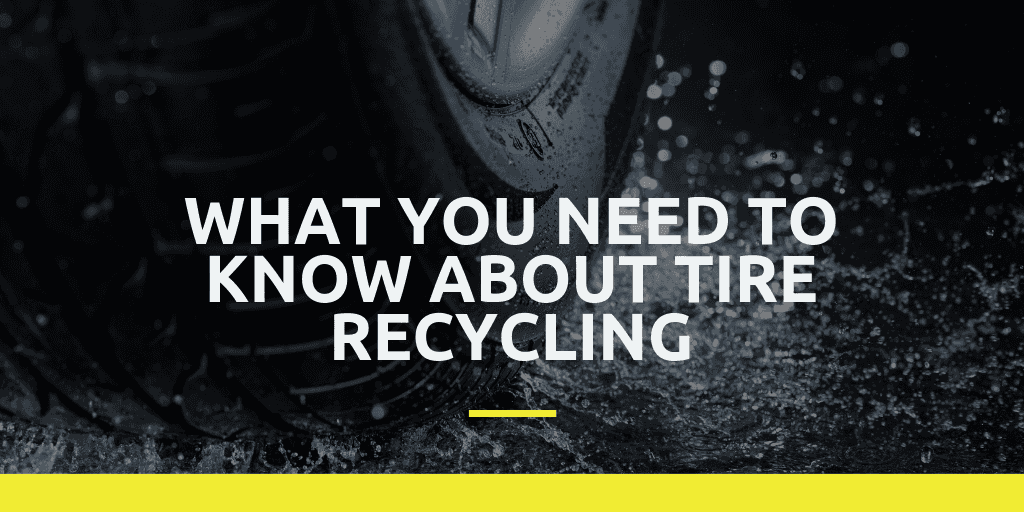Tires that are simply thrown away are a serious environmental problem. The sheer volume of tires discarded each year – almost 300 million tires in the United States alone – makes safe disposal difficult.
If tire recycling seems like an easy task, consider the millions of tires worldwide that are sitting in empty lots, backyards, and river beds. The problem is that the very thing we like in tires – tough, durable construction – makes them a challenge to recycle.
But that's not to say that tires can't be recycled, and millions of them are every year. It's simply a matter of finding uses for old tires, and getting them to a tire recycler. Fortunately, technology has advanced to the point that tires can now be profitably recycled into many useful products.

Discarded tires are an ideal breeding ground for mosquitoes and other disease-carrying animals because their hollow, rounded shape holds water for a long time. When disposed of in a tire stockpile, used tires are often burned outdoors, which creates an ugly black smoke that contains toxic compounds (due in part to the oil and other products used in manufacturing tires).
Tires are also a problem in landfills: their hollow, rounded shape takes up the valuable shape in landfills. Additionally, tires often don't stay buried. They have the unfortunate habit of trapping gases like methane and then "bubbling up" through landfills, ripping through landfill liners in the process.
Tire recycling and reuse have made great strides in recent years, partly due to environmental regulations and partly due to innovative technologies that have created new uses for old tires.
Civil engineers, in particular, have found a wide variety of uses for old tires. Shredded tires are used in constructing road embankments and below-grade fill; they can also be used as a vibration-reducing material for railway lines. Ground-up tire rubber is also used as a road material or construction material when mixed with asphalt or concrete.

Because of its shock-absorbing nature, shredded tires make an effective ground cover for safer playgrounds, and as a material for running tracks and other athletic facilities. And the durability of tires make them ideal for reuse as dock bumpers, sidewalk material, roadway curbing and edging, even speed bumps and highway crash bumpers can be made of old tires.
Because oil and rubber burn well, shredded tires are burned as fuel in some industrial processes. Tire-derived fuel, or TDF, is used in pulp and paper factories, cement kilns, electric utilities, and other facilities. The EPA has stated that "emissions from tire-derived fuel are often less and generally within the same range as emissions from conventional fossil fuels," provided the burning occurs in a properly maintained device.



